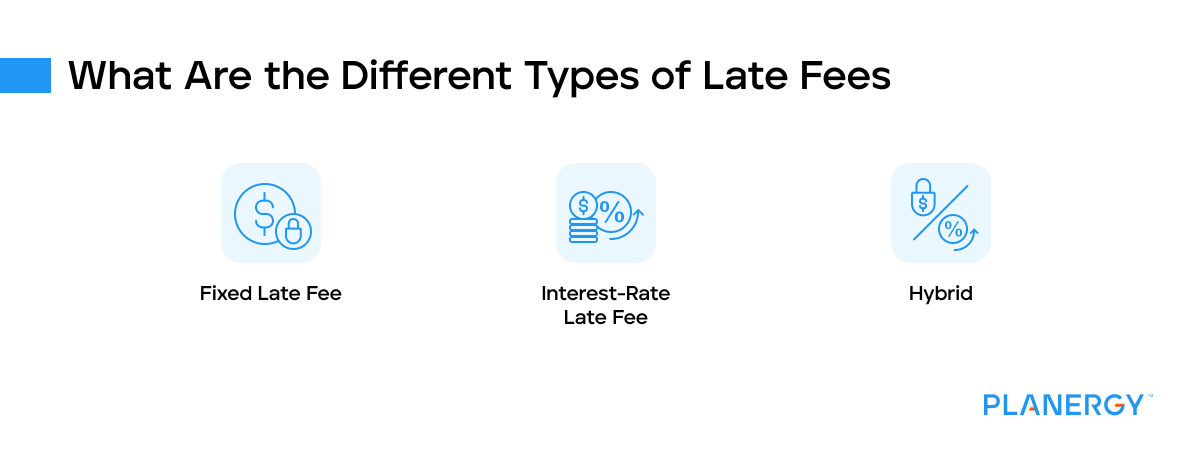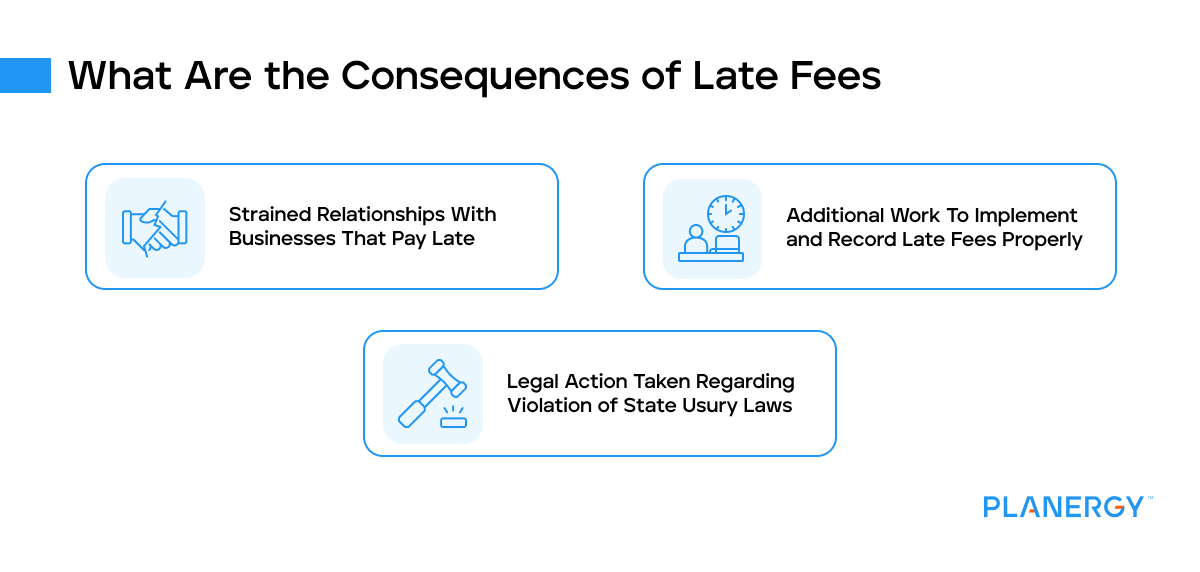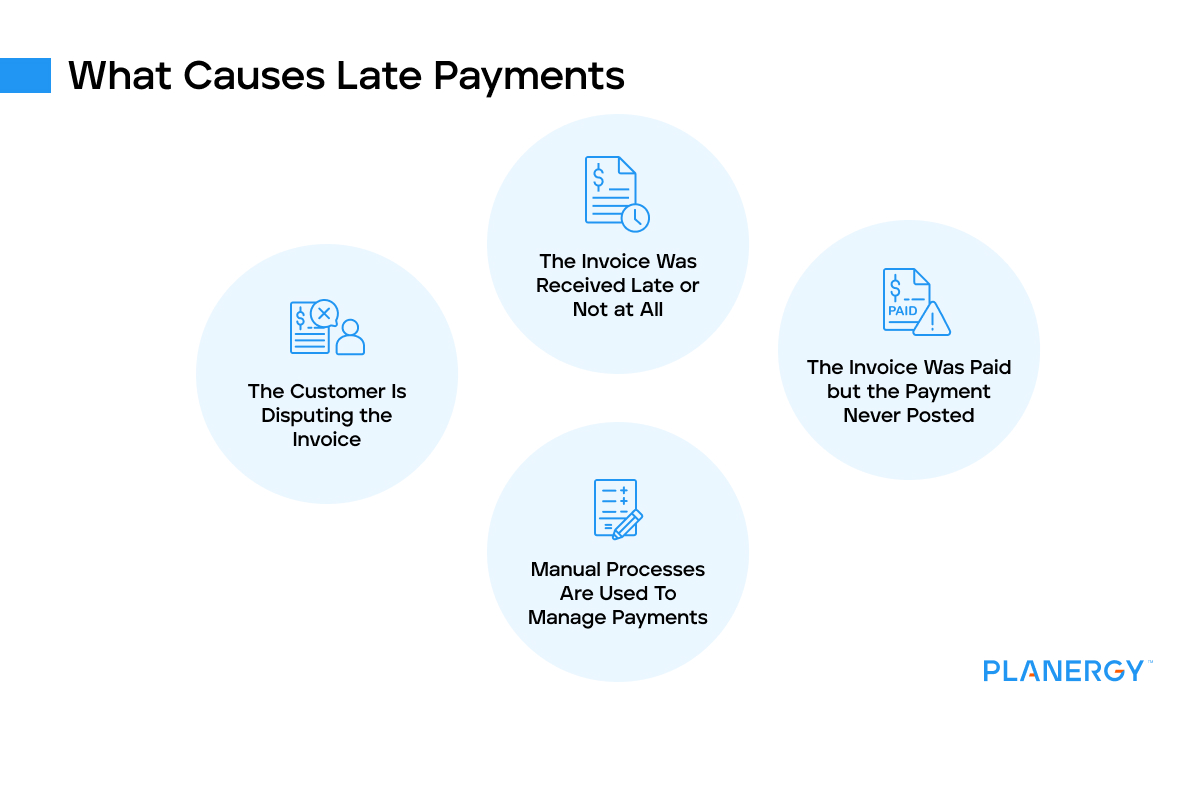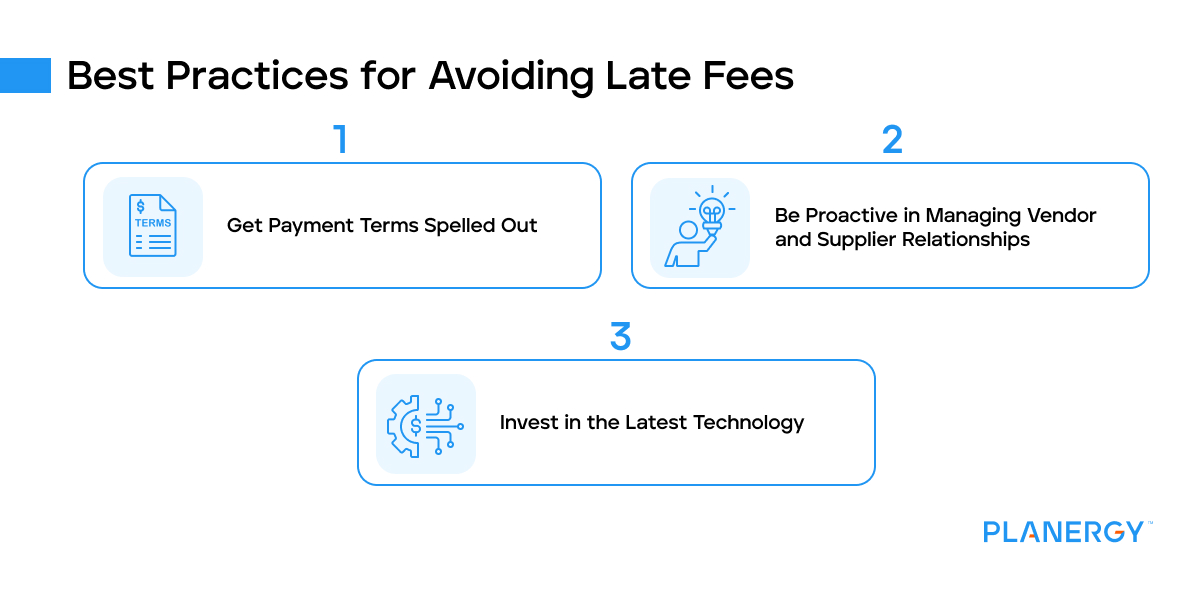As a small business owner, you do everything you’re supposed to. You invoice your customer immediately.
You send timely reminders regarding payment. You provide multiple invoice payment options. But their payment is still late.
Because of those late payments, you suddenly realize that you won’t have the funds to pay your vendors and suppliers.
Instead of ignoring reminder emails and not responding to phone messages, you pick up the phone and notify your vendor that you’re unable to make your payment on time this month.
The vendor agrees to waive the late fee as long as they receive the payment in the next ten days.
However, the next day the buyer receives an invoice payment reminder with a late fee included.
Now you don’t know if you should make another call, ignore the late fee and just pay the original invoice amount, or pay the late fee.
These are just a few of the questions and concerns business owners typically have around late payment fees.
Some of those questions include:
- Should you charge a late fee?
- Should you pay a late fee?
- When should a late fee be waived?
- What can I do to avoid late fees?
Whether you’re sending invoices, receiving them, or both, if you’re struggling with late fees, we’ll help answer these questions and a few more.








